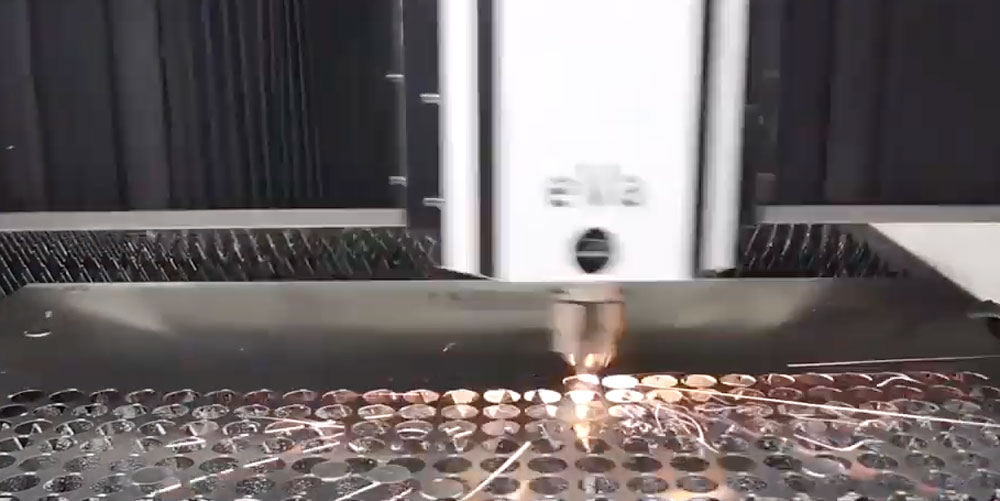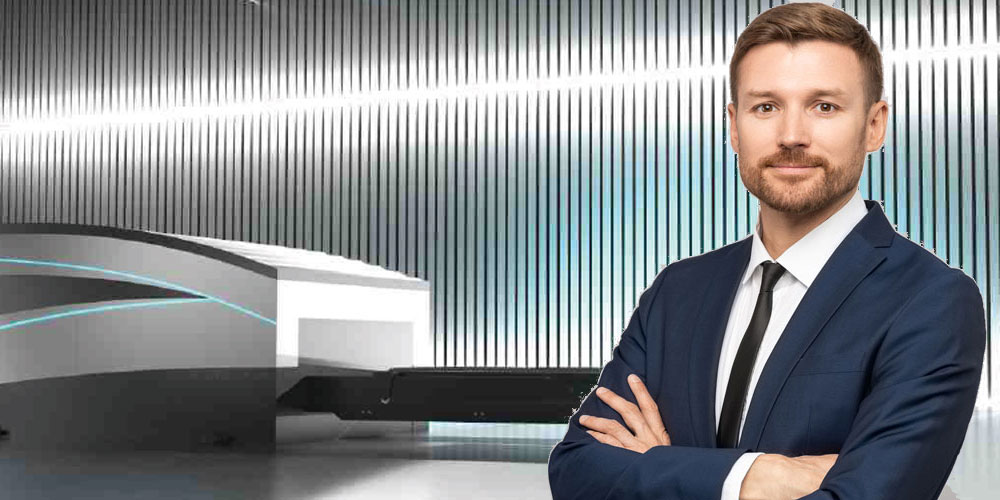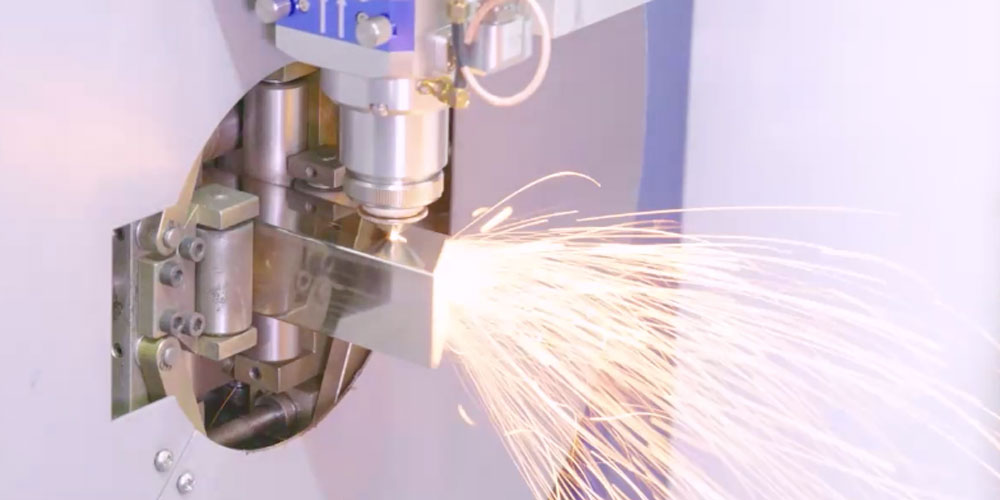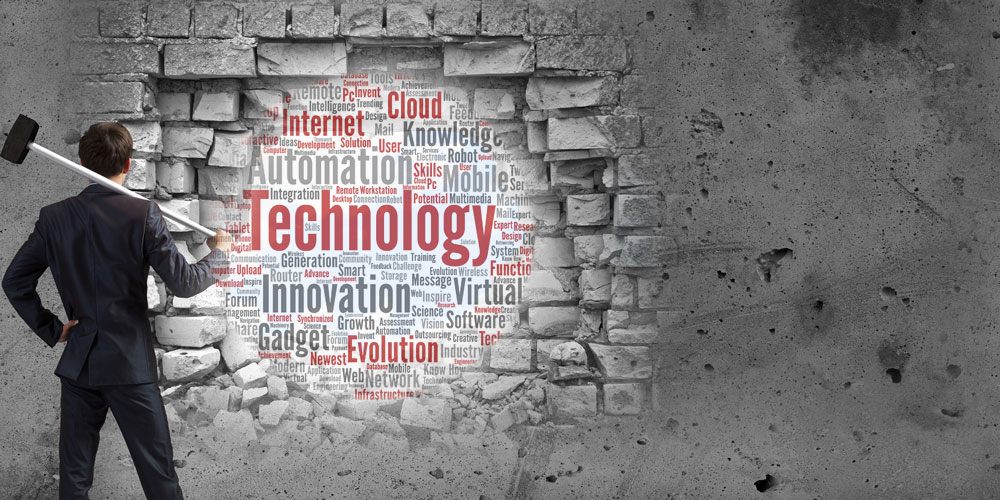
We often talk about how increasing the speed of machine functions is beneficial. Faster machines mean more parts per hour and more dollars in the bank. We love the productivity benefit of faster piercing speed of fiber laser machines, compared to C02 machines, for example.
Like cutting costs saving time on the shop floor is key for fabricators. It’s not just piercing and cutting speeds that make a difference. The shuttle table exchange is another great place to trim processing time and boost productivity.
Speed up your pallet exchange
The pallet exchange process is rarely considered when thinking of increasing machine productivity but as cutting speeds have increased the need for a quick shuttle intensifies. Effectively the two go hand in hand. The difference between the speed of a conventional hydraulic pallet exchange and that of an Eagle Fiber Laser machine can drastically impact your fabrication business’ bottom line. Here’s how:
The Eagle Fiber Laser advantage
Successful pallet exchange is a critical function in the cutting process and should not be causing more delay than absolutely necessary. When executing many pallet exchanges throughout the day pallet exchange time takes on an important role and must be taken into consideration. Typical machines run the exchange smoothly but not as fast as they could!
A conventional hydraulic shuttle table change-over takes upwards of 30 seconds. For a 5’ X 10’ machine, shuttle exchange for an Eagle Fiber Laser machine takes only nine seconds. That’s 21 seconds faster!
You can see it in action here.
It adds up
In the grand scheme of things 21 seconds doesn’t seem so groundbreaking – but it adds up. In a production environment you can expect to make regular pallet changes. For example, let’s take a 15 minute run time to process a sheet. This means four changes per hour or about 32 per shift. That 21 second time savings makes a big difference when you’re doing it every 15 minutes. It adds up to 11 minutes saved per shift or an extra batch of parts.
How much extra productivity could your metal shop stand to gain?
When you think about it, on a monthly basis, that extra productivity translates into almost four extra hours of cutting per month. Time is money – what are you waiting for?













Comments
Add Comment